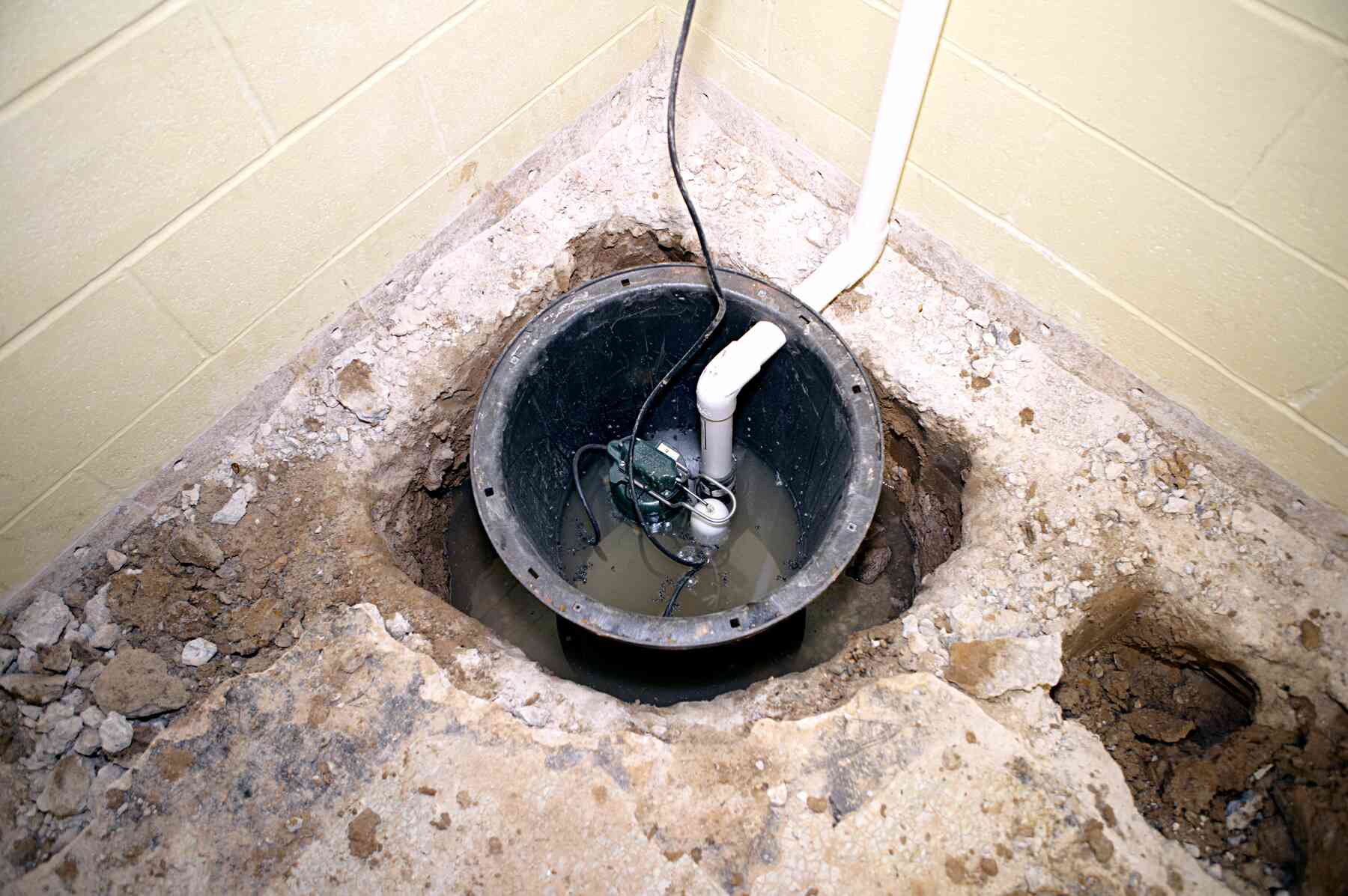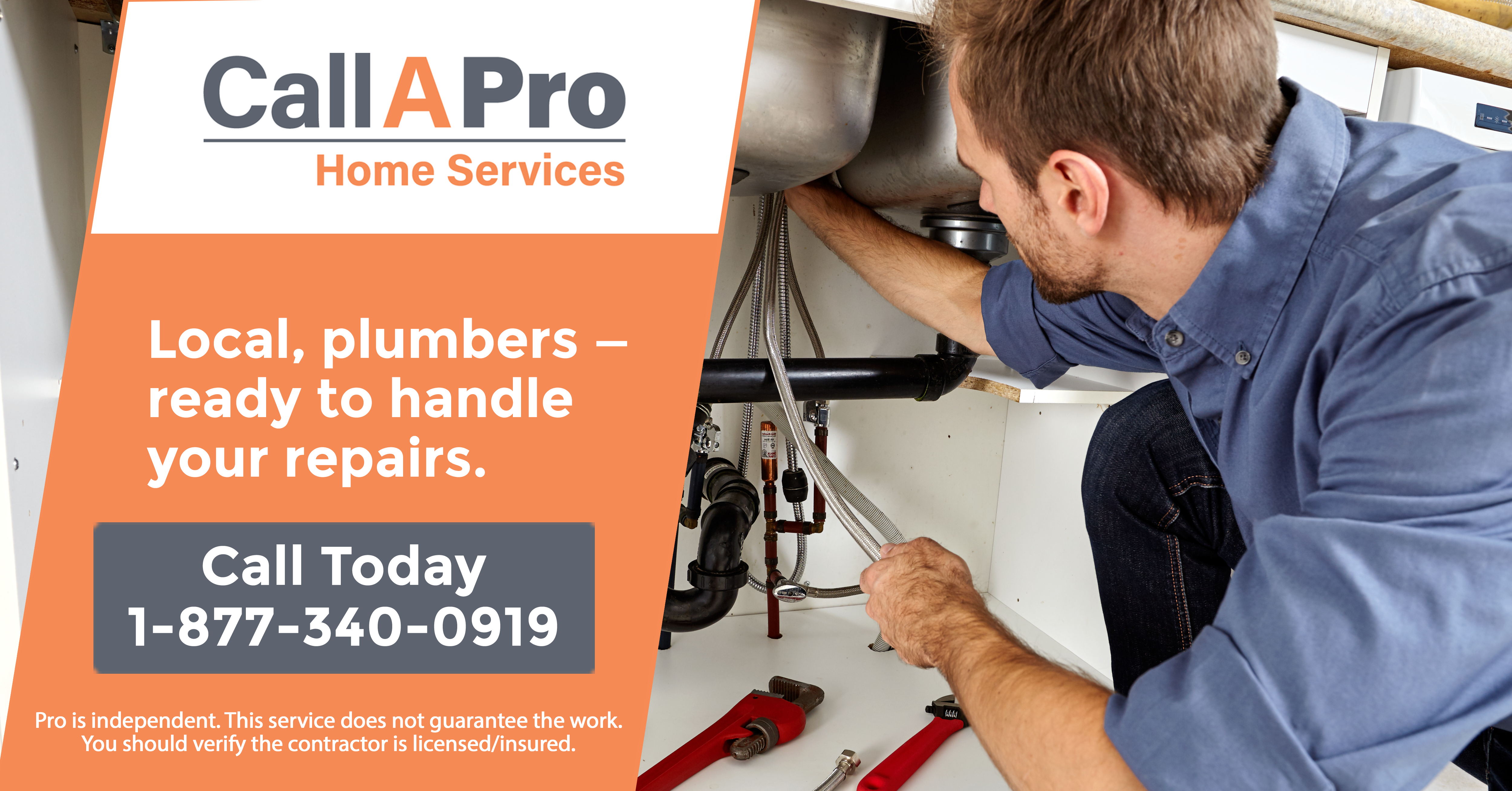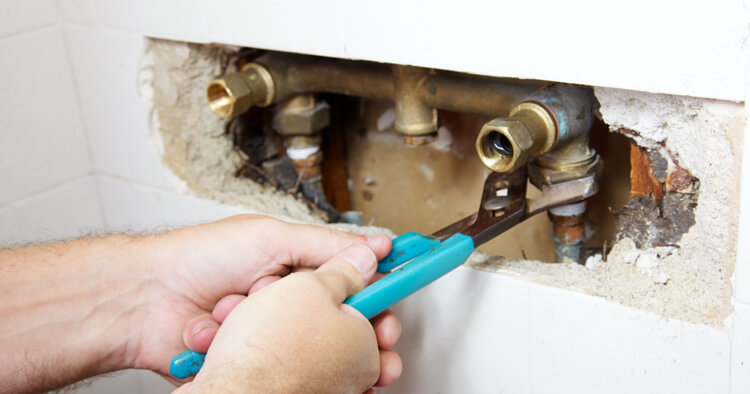Everything You Need to Know About Your Sump Pump

There's nothing like unexpectedly stepping into ankle-deep icy water at the bottom of your basement steps to remind you what your sump pump is for. When sump pumps work, you don't even think about them; when they fail, it's a maintenance emergency.
This May Also Interest You: What To Do When Your Basement Floods
Let's explore what sump pumps are and what they do.
What Is a Sump Pump?
Sump pumps are small pumps that channel water away from sump basins. Two main types of sump pumps exist:
- Submersible sump pumps, which are totally hidden in your sump basin
- Pedestal sump pumps, which are mounted above floor level on columns that protrude out of the sump basin
Invented in 1946 by U.S. Navy electrician Karl Niedermeyer, sump pumps have been a common feature in houses for decades. Until the late '80s, houses built on floodplains or below the water table usually had sump pumps installed. In 1987, the U.S. Federal Clean Water Act made sump pumps a mandatory part of many new builds, so if you have a newer house, you probably own a sump pump — even if you live in a drier area.
Sump pumps help prevent groundwater intrusion, but they're also extremely helpful if your cellar ever floods because of a burst pipe or a washing-machine malfunction.
What Does a Sump Pump Do?
Down in your basement or crawl space — probably in a corner or against an outside wall — you most likely have a sump basin (also called a sump pit). If you remove its debris cover and look inside, you'll see several holes in the wall of your sump basin. Each of these holes connects to a drain pipe: Some drain pipes come from weeping tile pipes outside the bottom of your home's foundation, while others connect to interior drainage systems under your basement floor.
When groundwater accumulates outside your foundation or under your basement floor, it flows through a drain pipe into your sump basin. When the water reaches a certain level, your sump pump kicks on. Sump pumps are activated by one of two methods:
-
A pressure sensor, which sends a signal to your pump when the water pressure in your sump pit exceeds a specific level
-
A float activator arm with an attached buoyant ball, which floats on the surface of the water. Once the water level reaches a certain height, your sump pump turns on.
An impeller inside your pump draws water out of the sump pit and using centrifugal force, sends it up a discharge pipe. The discharge pipe empties out somewhere beyond your home's foundations. Discharge pipes should be buried at least 5 inches below the frost line to stop them freezing in winter. Whenever possible, they should also flow downhill.
How Does a Sump Pump Work?
Most sump pumps are hardwired into a home's electricity supply, but some operate using the municipal water supply. Water-driven sump pumps work during power outages, making them a good choice if you live in an area with an annual storm season. On the other hand, they can cost quite a bit to run if your city's municipal water rates are expensive. Some AC-powered sump pumps have convenient battery backups.
How Often Should a Sump Pump Run?
If you live in a floodplain or your home is below the water table, your sump pump will run periodically as water accumulates under your foundation and flows into your sump pit. During periods of heavy rain or after severe storms, you can expect to hear your sump pump doing extra work. Some states experience heavy winter snowfall — if you live in one of those areas, your sump pump will stay very busy when snow and ice melt in spring.
My Sump Pump Runs Continuously
If your sump pump runs endlessly, or more frequently than expected, check for burst pipes, overflowing washers and other water-related household problems. If you can't find an obvious issue, look inside your sump pit. (Always remember to turn your pump's power supply off to be on the safe side.)
If the water level is low, your pump's sensor or float activator arm might be stuck or broken. If you see significantly more water than you expect, call your utility company and ask them to check for a broken water main.
Other reasons your pump might run more often include:
- A frozen or clogged drain line
- A dirty sump pit
- A small or collapsed sump pit
- A seasonal subterranean spring you don't know about
Sometimes, sump pumps are simply inadequate. If you live in a wet area, make sure you install a powerful pump and that your sump pit is big enough to contain the runoff you expect on a regular basis.
My Sump Pump Doesn't Run
What's worse than continuous sump pump action? No sump pump action at all. A silent sump pump is cause for concern, especially if you live in a low-lying area. Eventually, water will accumulate in your basement and cause rising damp and mold growth. Sooner or later, you'll enter flood territory, so it's important to sort out your sump pump promptly.
Here are some steps you can take:
- First, make sure your sump pump's circuit breaker hasn't blown.
- If electricity isn't the problem, check your pump's float activator arm: It might be stuck in the off position (again, remember to turn your pump's power supply off before proceeding).
- Then, remove any buildup or debris from your sump pit.
- If it still doesn't work, disconnect your pump and pull it out of the pit; remove your pump's bottom cover and check its impeller for clogs.
If none of those actions achieves anything, you can try to replace your pump's float switch or pressure sensor. Still not working? Might be time for a new pump.
How Long Does a Sump Pump Last?
Generally speaking, pedestal pumps last longer than submersible pumps. They're more obtrusive, but they're easier to service, and according to industry experts, they can stay functional for up to 30 years. Submersible pumps are sleeker, but they're more prone to failure. If you choose a submersible pump, be prepared to replace it after five to 10 years.
What Sump Pump Do I Need?
Sump pumps can be confusing to buy. Most people go with submersible pumps or pedestal models and choose features that suit their needs. Here are four things to remember when you go shopping for a sump pump system:
Choose the Right Horsepower for Your Situation
Higher-horsepower pumps aren't necessarily better. Don't install a large pump if you don't need one, because it might fail prematurely. Instead, choose a smaller, more efficient pump.
Select the Right Float Switch
Mechanical float activator arms are obvious and easy to inspect, but they do occasionally get stuck. Electronic switches are sleeker and don't take up any room in your sump pit, but they're trickier to replace.
Consider a Backup Sump Pump System
Some stores offer sump pump bundles, which include backup sump pumps. Combination sump pump systems have a backup built in. Consider adding a separate backup sump pump if you don't already have one.
Some pumps have fancy extra features like water alarm systems — a few even connect to Wi-Fi, so they can send signals to your smartphone or smart home if they develop a fault. With that said, most homeowners do just fine with simple good-quality automatic pumps.
Being prepared for any home repair emergency is a good idea. With the right plan from HomeServe in place, you can have peace of mind. When an issue arises, call our 24/7 repair hotline to speak to a representative. They'll set up an appointment with an expert, local contractor to come to your home. Find out more about plans from HomeServe today.




